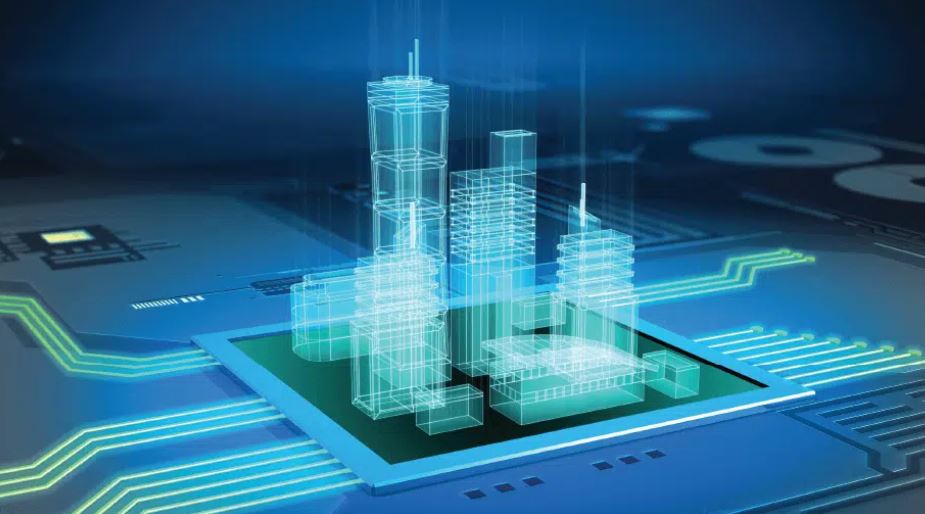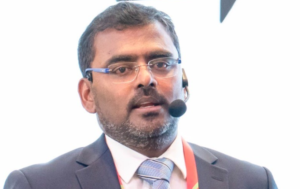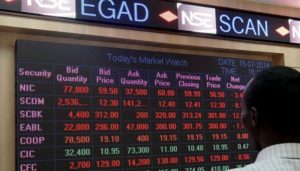Bridging The Gap For Today’s Intelligent Buildings

By: Carol Koech.
Country President, Schneider Electric East Africa.
Without a doubt, managing energy costs while driving sustainability and efficiency is one of the biggest power management challenges that facility professionals face today. While advances in technology are making building power management and electrical maintenance more efficient, there are new obstacles that come along with these improvements.
For example, one of the biggest trends impacting power management in a facility is the growth of complex electrical networks that operate hybrid power generation models like solar. In the past, every building was more or less designed in the same way from an electrical perspective with the main source of power coming directly from the electrical utility. Now, we have much more complex buildings that have different needs in terms of where they consume energy and how they manage the different sources of power be it the grid or from other renewable sources. This adds a layer of complexity for building managers, because now they are not just a consumer of energy, but are also a producer of energy, and must manage those two different actions in parallel in a way that maximises the building’s operations.
Additionally, the face of the building facility manager is changing. Traditionally, a facility manager was someone who was an engineer and, in many cases, had been stationed in the same building for years. Now, we are seeing a shift in that profile as older workers retire, and a new generation of facility managers emerge. They may not know the intricate ins and outs of a particular facility but bring unique backgrounds and skill sets that simply requires training and knowledge transfer to leverage today’s digital opportunities.
It’s also important to consider that a growing number of facilities are viewing electricity as a critical resource. Hospitals, for example, have always considered electricity as mission critical as the loss of power becomes a life safety issue. Now, even buildings like shopping malls are viewing it with the same magnitude. If the mall loses power and the stores within it have to close, that outage can drive customers to competitor malls, and this can significantly impact the bottom line.
To tackle these challenges, the convergence of IT/OT combined with the increasingly digital and electric world, allows Schneider Electric to offer smart interoperable solutions, systems and products that do not cost more to build and commission while bringing substantial cost efficiencies and operational synergies.
Thus, building owners can easily run their buildings more efficiently. To do this, there is an increasing reliance on system integrators and their support teams to help optimize electrical equipment and energy performance, improve electrical system reliability, and manage energy costs. This therefore means that systems integrators now need to be fully up to speed and knowledgeable on the latest electrical and energy system technology to deliver the best service for their clients.
To ensure they are up for the task, system integrators focus on gaining access to the industry-leading technology solutions that will drive the future of intelligent buildings – and the highly skilled people needed to design, install and support those solutions.
This goes hand in hand with regular, specialized training on the most critical challenges facing building owners and facility managers and the solutions that can solve them. Such training sessions help system integrators broaden their expertise to offer their clients a greater range of products and solutions and help them stand out from the competition.
These days, building managers need a full range of technologies and an army of experts to optimize operational efficiency and management of energy and electrical systems. Nobody can go it alone anymore. By partnering with competent solution providers, Schneider Electric is constantly expanding their expertise by creating the right partnership ecosystem, making the challenge at hand much easier for building owners to tackle.








